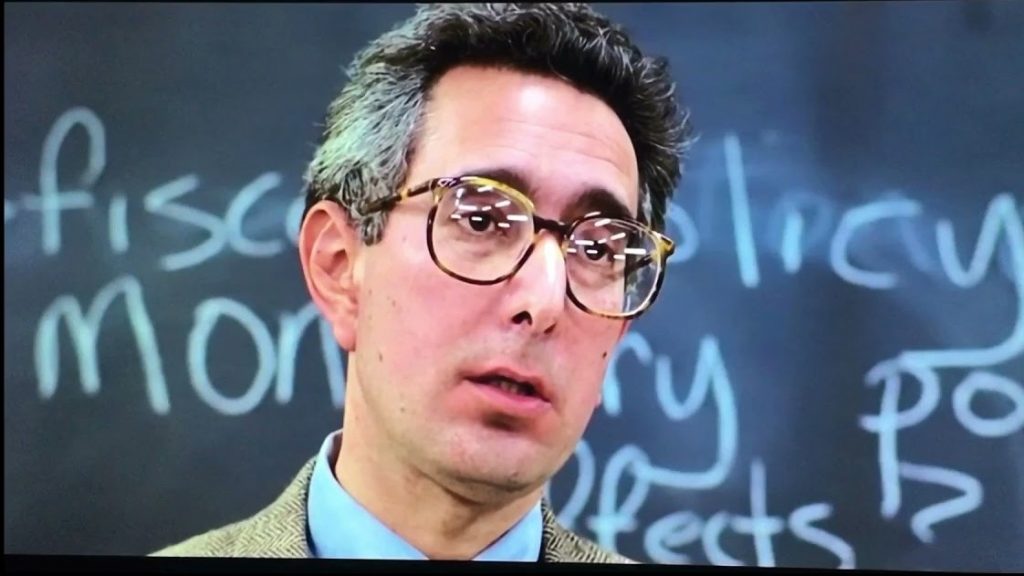Despite Salary Increases, Idaho Schools Still Short On Teachers
Idaho teachers are leaving the classroom, and the state is struggling to find qualified applicants to fill vacant positions.

The Idaho teacher shortage is already affecting the 2022-2023 school year. Despite salary increases, the state still has hundreds of vacancies that desperately need to be filled. Unfortunately, a lack of interest in the teaching profession has led to a non-existent pool of applicants for Idaho teachers.
This year alone, the state budgeted $104 million into teacher pay increases and $180 million for added benefits packages. The state Board of Education attempted to conduct an informal survey to further address the situation but did not include alternative charter schools that currently have 10% of Idaho students enrolled. Last month, districts were missing 894 Idaho teachers. Filling these vacancies is essential to retaining accreditation and meeting students’ needs, and because of recent hiring efforts, the state is now in need of 702 teachers, but that number is still reflective of the national worker shortage.
At this point in the summer, most schools have newly opened positions filled and new hires trained. This is a grim prospect for Idaho education as teachers are scarce and unlikely to be seeking employment this close to the start of the new year. When asked about the applicant pool, an east Idaho administrator frankly stated, ‘What pool?”
As states continue scrambling to give more money to public schools, increased budgets aren’t solving the problem because interest in the teaching profession has waned. While many blame the pandemic, this has been an ongoing issue for years. Young adults are not entering education degree programs, and clashes between parents and school officials have only further condemned the profession. Idaho teachers are in high demand but low supply and figuring out how to increase interest is trying but may be solved through simpler means.
For decades the public education system has upheld a strict Monday through Friday schedule which was designed to mimic the standard work week and prepare students for their future careers, but society has changed. Not everyone works on weekdays, and that scheduling presents challenges for scheduling doctor’s appointments and other important meetings. Whether this is at the forefront of Idaho teachers’ priorities or not is not entirely known, but in states that have switched to the 4-day school week, employment issues are not as concerning and educators are happy to fill in vacant positions even without pay increases.
The Prairie View High School in Colorado has been operating on the 4-day model for four years now. Although this method is still not widely known across the US, it has proven to work in Montana and Texas as well. It seems that districts which have dropped one weekday and lengthened class time during the 4-days of class sessions are experiencing high student success rates and fewer teacher vacancies. It is an unorthodox solution that may just encourage Idaho teachers to get back in the classroom.

Ensuring that budgets are reasonable, and teacher demands and student needs are met, is quite a task. Each state has its own protocols to follow, but Idaho teachers are just like any other American educators. Money may not speak to them as well as flexibility and good workplace policies do.



